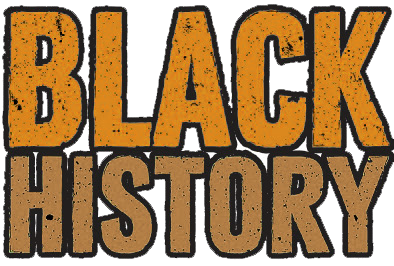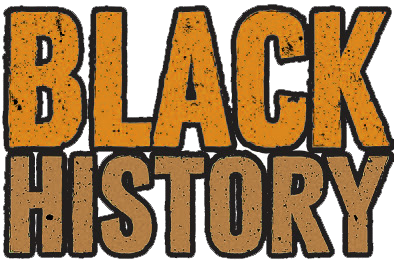Meet the High School Dropout Who Invented the World’s First Supercomputer
Philip Emeagwali, nicknamed "Calculus" by his schoolmates, won the Gordon Bell Prize in 1989 for developing high-performance computing applications that used computational fluid dynamics for oil-reservoir modeling.
Born in 1954 in Nigeria, by the age of 14, he had already become a master of calculus and could even out-calculate his teachers. Unfortunately, he was forced to drop out of school due to financial problems, but it did not prevent him from continuing to study. As a result, he managed to obtain a general certificate of education from the University of London.
At the age of 17, Philip was awarded a full scholarship to Oregon State University where he majored in mathematics. Upon graduation, he obtained several graduate degrees: a Master's degree in Civil Engineering and another in Marine Engineering from George Washington University. He also obtained a Master's in Mathematics from the University of Maryland and later earned his Ph.D. from the University of Michigan in Civil Engineering.
In 1989, Philip's greatest achievement was The Connection Machine for which he had developed a program that solved a 350-year-old packing problem that was considered to be one of the greatest unsolved mathematics problems.
The Connection Machine was the world's very first supercomputer that utilized 65,000 computers linked in parallel to form the fastest computer on Earth. It could perform 3.1 billion calculations per second, which was faster than the theoretical top speed of the Cray Supercomputer.
Later, Philip designed the Hyperball computer which was able to forecast long-term global warming patterns.
The technology he built has been credited for being the foundation of today's capabilities of the internet.
Trending

The First Americans Were Black Indians of African Descent
November 20, 2019

The First Inhabitants of China Were Black
June 11, 2020

Meet the First Ever African American Head Coach in NFL History
February 03, 2020

Martin Luther King, Jr. Was Arrested 29 Times For These So-Called Crimes
November 03, 2019

Meet the Black Inventor Who Created the First Digital Cell Phone
November 06, 2019
Most Popular Posts:
You May Also Like:

Martin Luther King, Jr. Was Arrested 29 Times For These So-Called Crimes
November 03, 2019

The First Americans Were Black Indians of African Descent
November 20, 2019
Also Check Out:

The First Americans Were Black Indians of African Descent
November 20, 2019

The First Inhabitants of China Were Black
June 11, 2020







